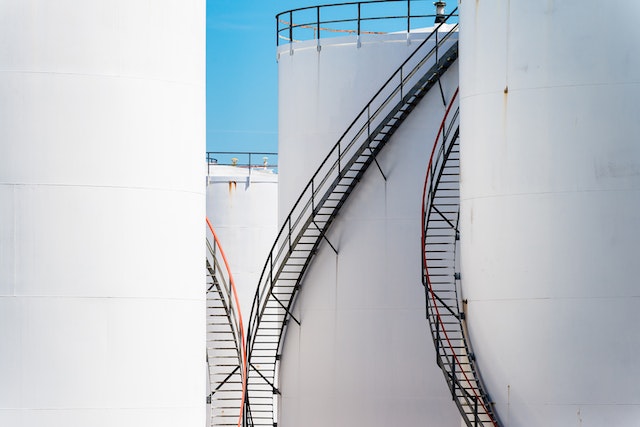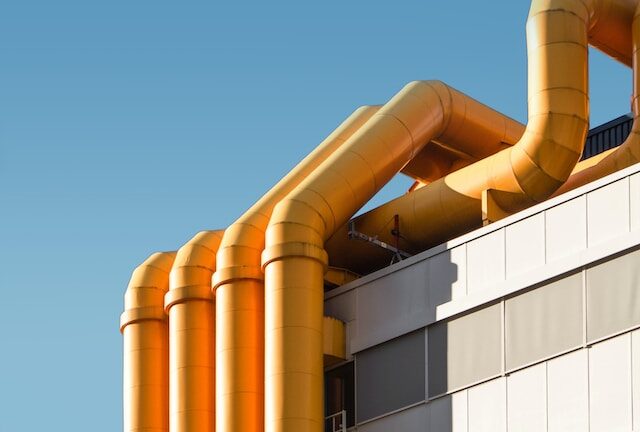An OFTEC registered engineer can self-certify their work and ensure all regulations are met. This will help you avoid fines and faults down the road.
Replacing an oil tank isn’t a DIY job. It is a dangerous project and should be handled by professionals. Doing so will save you money and ensure your safety and a clean property survey for potential buyers.
Ask for References
Regarding oil tank installation Westchester County NY, homeowners should hire contractors with years of experience. To guarantee the safe and efficient installation of new oil tanks, it’s crucial to choose a reputable company with references that you can contact to learn about their experiences. A reliable contractor will also be registered with the Competent Persons Scheme, demonstrating their qualification to self-certify their work and meet all local regulations. They can answer any questions about installing your new oil tank.
It’s also a good idea to ask about the type of oil tank you will get. Many different types of oil tanks are available, including underground and aboveground models. Additionally, you’ll need to decide whether you want a single-wall or double-wall model. The tank type will have a direct impact on labor and installation costs.
Get Quotes
Getting quotes before hiring someone to install a new oil tank is essential. This will help you find the most reliable contractor to provide quality service for a reasonable price.
The type of oil tank also affects the cost. Underground tanks are more expensive to remove and replace than those installed above ground or in basements. Similarly, steel oil tanks are more costly than single-skin plastic ones.
Lastly, it is essential to use a qualified engineer. Choosing an OFTEC-registered engineer is a great way to ensure that the job will be carried out by building regulations. These engineers can self-certify that the work meets constraints, which will help you avoid costly leaks and other problems down the line.
When getting quotes, ask the company for detailed information about your oil tank. This includes when it was last used, the liquid amount, and its location on your property.
Check the License
A reliable oil tank removal firm should have a valid license and certifications. This will ensure they are skilled, experienced, and insured to perform the job. It is also a good idea to request that they take a soil sample around the oil tank and piping and submit it to a laboratory for an ETPH analysis. This will provide future homeowners with proof that the old oil tank was removed correctly and that there are no lingering issues.
Replacing an oil tank is not a DIY project, even for aboveground indoor tanks. The work involves flammable materials and can lead to ground contamination if done incorrectly. In addition, you will likely need to hire cleaning services, which can cost thousands of dollars. A licensed contractor will understand all of these nuances and will be able to guide you through the process. This will help protect you from hefty cleanup costs and potential environmental fines.
Inquire About the Tools
When choosing a contractor for oil tank removal, asking about the tools they plan to use is essential. The right tools can help avoid spills, fire, property damage, and utility disruptions. It is also a good idea to check for warranty provisions in the contract.
Homeowners can choose from several types of oil tanks, including underground and aboveground tanks. Your choice of tank will depend on your home’s location, budget, and heating needs.
An underground tank is preferred for those with the necessary space to install it. It is also the safest option since it prevents water from contaminating soils. However, accessing the tank for inspections and heating oil deliveries can take time and effort. Sound masonry piers should firmly support outdoor aboveground tanks to reduce the risk of sinking or tipping over. This can result in a fire or heating oil spill.




